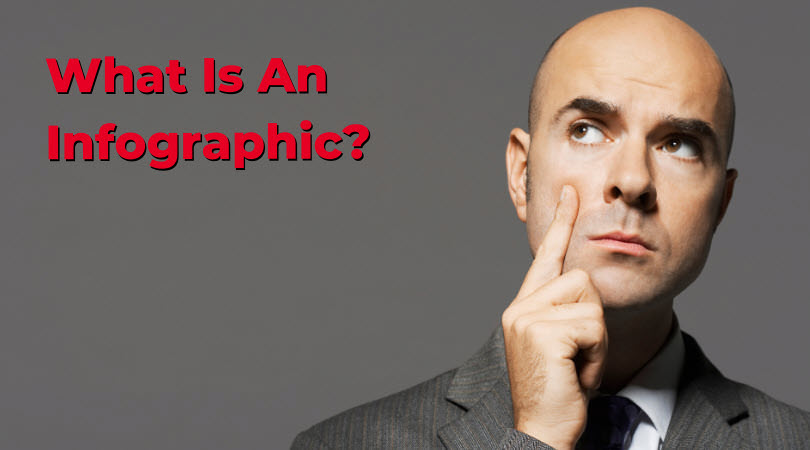Let’s Define “Infographic”
An Infographic is a Visual Representation of Information, Data, Or Knowledge. – Wikipedia
The first modern infographic was made in 1861 – a well-known visualization of Napoleon’s Invasion of Russia.
The word “Infographic” is made up of two parts; “info” and “graphic”. “Info” is short for information, and is referencing the need for detailed information. “Graphic” refers to the design of an infographic, considering most are considered graphic design.
That’s all there is to say, really. That’s the value of an infographic. Normally insurmountable amounts and unintelligible concepts become facile with infographics.
But what is an infographic?
An infographic is normally an illustrated image that contains facts and statistics on a certain topic. They are a visual way of explaining data, but normally in a much more interesting and engaging way than simple charts and graphs.
They’re often used to provide more information on a topic, in order to demonstrate the creator’s knowledge and authority on the subject.
Once you’ve created yours, you can post it to various free infographic submission sites like ours for more exposure.
What are the three main parts of an Infographic?
Infographics require three core steps in order to be successful. Completing each of these will ensure a professional and cohesive end result.
The three main parts of an infographic are:
- The topic – you need to define a topic before deciding to create an infographic. A clear subject or point you’d like to prove is key before taking the next steps.
- The research – once your topic is defined, you can start your research. Make sure you take a note of all of the sources your information comes from so that you can credit them.
- The design – with a solid topic and in depth research, all that’s left to do is design the infographic! We normally start by deciding what kind of illustration would work well for each statistic or point we’d like to make. Then we join it all together to create a cohesive design.
The topic and the research are self-explanatory, but laying your infographic out as a design can be more difficult.
What is an Infographic design?
An infographic design normally starts with some form of header. This is an opportunity to title the infographic, and typically include the logo of the company that made the infographic, since infographics are commonly used for promotion.
Then there is the content of the infographic, which can be laid out in a variety of formats. Often infographics will follow one of the following formats for their content:
- Timeline infographics – the infographic presents points and data in chronological order (the order in which they happened).
- Story infographics – the infographic is presented as a story, quite similar to a timeline infographic but with more of a storytelling aspect.
- Step-by-step infographics – the infographic is instructional and contains numbered points to read step by step.
- Completely random – maybe your data or topic doesn’t require any kind of order, and that’s OK!
When designing your infographic content, you should think carefully about what order makes the most sense for displaying your information. In some cases, displaying certain statistics before others will have far less impact than the other way around, so bear that in mind.
Lastly, there’s the footer of the infographic. This normally includes the logo of the company which designed the infographic, any necessary source citations and other details about the infographic and its creator.
What Makes a Great Infographic?
Great infographics tell a story with data, beautifully. Whether about French Generals or social media marketing, the best infographics tell you something you don’t know in an aesthetically pleasing way.
An infographic is normally an illustrated image that contains facts and statistics on a certain topic. They are a visual way of explaining data, but normally in a much more interesting and engaging way than simple charts and graphs.
They’re often used to provide more information on a topic, in order to demonstrate the creator’s knowledge and authority on the subject.
Conclusion
After reading this article, you should know exactly what an infographic is and everything that goes into one.
Don’t forget, once you’ve created yours, you can post it to various free infographic submission sites like ours for more exposure.






